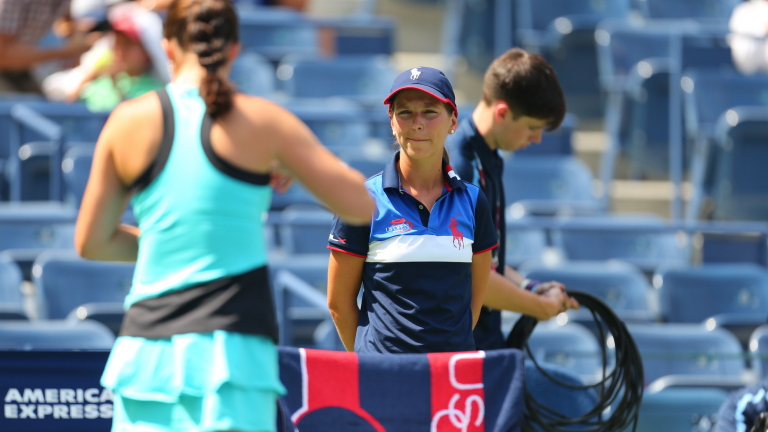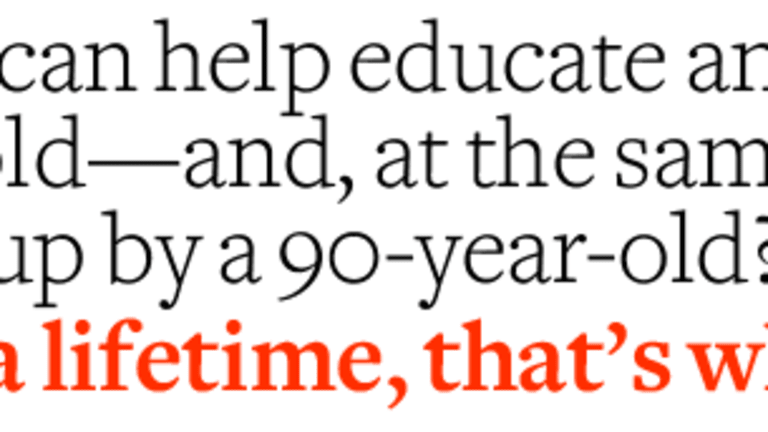Laray Fowler was in the hallway of the USTA Billie Jean King National Tennis Center in September 2009 when she was stopped by her tennis idol, Kim Clijsters.
“Where were you?” Clijsters asked Fowler after her quarterfinal victory over Li Na.
“What do you mean?” a shell-shocked Fowler replied.
“My whole team noticed you weren’t on the court,” said the former No. 1.
“Oh, I’m sorry,” said the ball girl. “I was doing another match.”
That excuse wasn’t good enough.
“Well you can’t miss anymore,” the Hall of Famer said, tongue in cheek.
Fowler, now 33 and with 20 US Opens worth of ballperson experience, had worked all of Clijsters’ US Open matches leading up to the 2009 quarterfinals. And with an assist from Tina Taps, US Open Ballperson Director since 1989, Fowler would go on to work Clijsters’ semifinal upset of Serena Williams, and was assigned her final-round match against Caroline Wozniacki.
When Clijsters defeated Wozniacki for her second US Open title, the Belgian fell to the court and started
crying. Fowler, already at the net, sat down, couldn’t contain herself, and started crying as well. Fowler saw Clijsters in the locker room later that evening and, after congratulating her, they cried again, in each other’s arms.
“Thank you so much for all your help,” Clijsters told Fowler.
While this is a unique story—Clijsters and Fowler keep in touch to this day—the connection between athlete and fan in tennis is unlike any other sport. From Kazakhstan to Buenos Aires to Wimbledon, youngsters and adults from all walks of life can get up close to the world’s best tennis players. That’s because, unlike other sports, they can actually become part of the match.
Ballpersons retrieve balls, hand out towels and keep the match moving. Like umpires, if you don’t notice them, they’re doing a good job. In doing so, they often forge a lifelong bond with the sport they play such a key role in.
“If it weren’t for the experiences that I’ve had, and experiencing tennis up close, I don’t even think I’d be playing in college,” says Justin Holmes, a 19-year-old freshman at Boston College who has been working the US Open as a ballperson since he was 14. “I wouldn’t have the same love for the game.”
In June, roughly 460 people, including Holmes, came to Flushing Meadows for the chance to become a ballperson at the 2017 US Open. It was a new record for US Open tryouts, as hopeful candidates waited to show off their running, throwing and catching skills.

